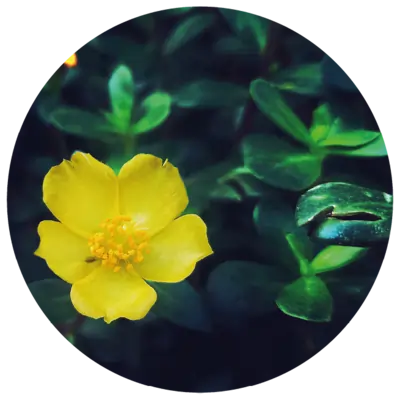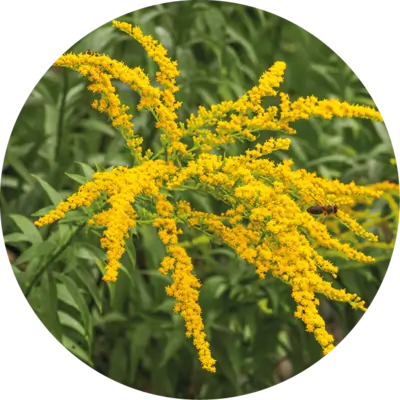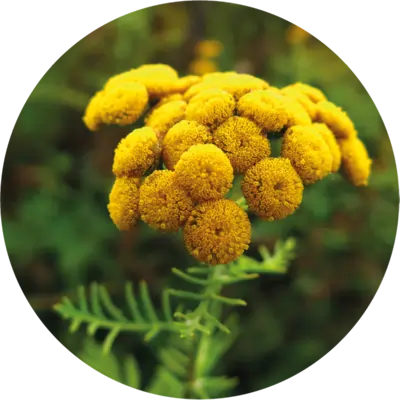Even on abandoned and unfavourable sites much life develops
Ruderal vegetation is the predominantly herbaceous flora on sites that have been altered or disturbed by human activity or natural events, e.g. landslides, fires, floods. Typical examples are embankments, gravel areas, stone runs, former railway lines and industrial wasteland. The often poor raw soils offer varied vegetation conditions.
Ruderal areas are also often home to migrated species, so-called neophytes. Plants on these areas are characterised by high seed production, which enables rapid colonisation. As in many natural habitats, the development of the plant community on ruderal areas also follows a natural sequence (succession). Initially, pioneer plants, oft en annual species, colonise the area and complete their life cycle within a year. Over time, more and more plant species colonise
the area, often suppressing the first ones. Due to soil improvement, e.g. humus build-up, such areas develop over time into flower meadows, shrub and herbaceous areas and finally into woodland.
Ruderal areas thus provide valuable habitats and feeding grounds for insects, birds and reptiles and thus form varied biodiversity sites.

Purslane
Purslane belongs to the short-lived ruderal vegetation. However, it is has a strong proliferation and produces long-lived seeds.

Canadian goldenrod
Neophytes such as the Canadian goldenrod usually have the negative property of supressing native plants in their vicinity through extremely strong reproduction or growth density. This endangers biodiversity, among other things.

Tansy
Tansy belongs to the long-lived ruderal vegetation.
Ruderal meadows
- are able to grow under extreme environmental conditions.
- are adaptable and fast-growing.
- are often very rich in flowers in summer and thus provide food for numerous insects. The plants also serve as shelter and sunning places for many animal species.